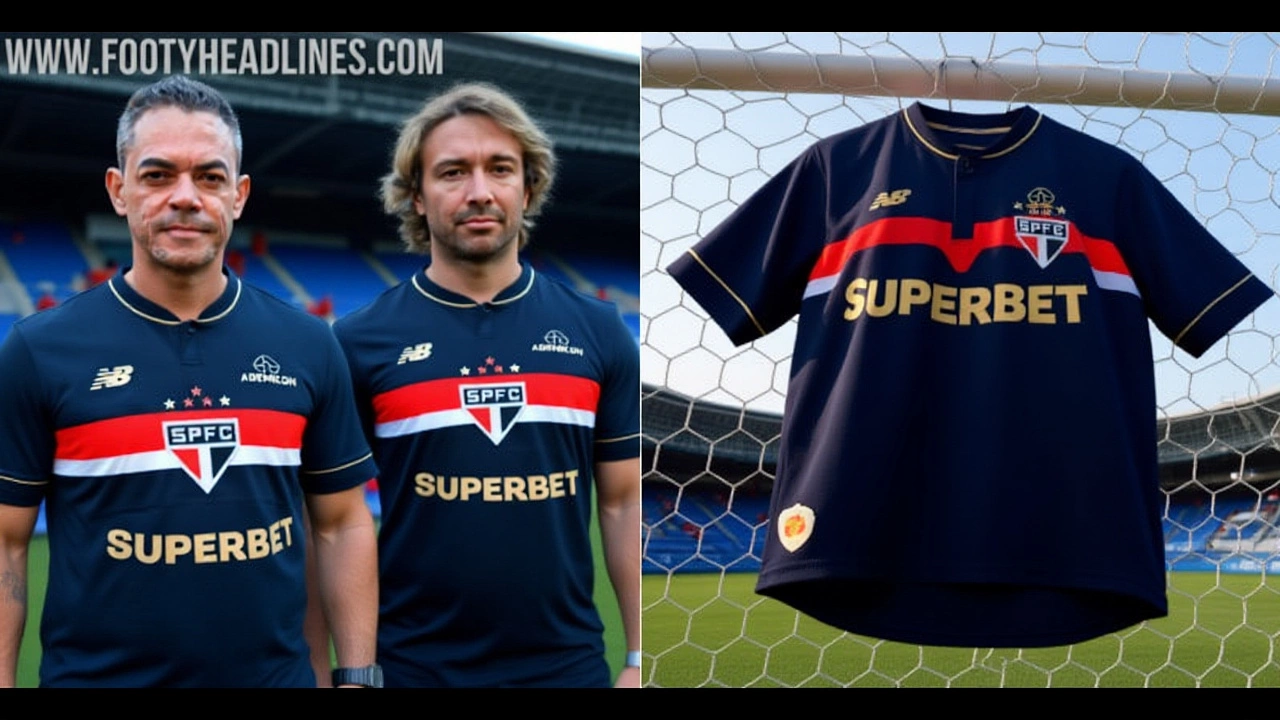Commemorative Kit: History, Design, and Collector Value
When talking about commemorative kit, a specially designed sports uniform created to mark a significant event, anniversary, or tribute for a team. Also known as heritage kit, it blends modern fabric tech with historic visual cues to give fans a tangible piece of club history.
At its core, a club heritage, the collective memories, achievements, and identity that define a sports organization fuels the concept. The kit becomes a visual storybook, letting supporters wear the moments that shaped their team. That storytelling link is why clubs launch a limited edition release, a short‑run production run that creates scarcity and boosts collector interest. Scarcity, in turn, drives the fan merchandise, any product sold to supporters, from jerseys to scarves, that carries the club’s branding market.
Design Elements That Set Commemorative Kits Apart
Design is the bridge between heritage and modern appeal. A well‑executed kit design, the artistic and technical process that determines colours, patterns, and logos on a sports uniform often re‑introduces retro badges, classic colour blocks, or historic sponsor logos. Teams may swap the current crest for a version used decades ago, giving the shirt a nostalgic feel while still meeting today’s performance standards. Materials are upgraded – breathable polyester replaces old cotton – but the visual language stays true to the past.
These design choices aren’t just for looks. They serve a purpose: to celebrate a milestone such as a 100‑year anniversary, a championship win, or to honour a legendary player. When a club ties a specific event to the kit, the narrative deepens. Fans don’t just buy a shirt; they buy a memory. That emotional attachment fuels the secondary market, where collectors track resale values, rarity, and condition.
From a business angle, the commemorative kit acts as a revenue generator during lull periods. A club that might otherwise see a dip in sales can inject excitement by unveiling a special edition, prompting early‑bird purchases and pre‑order spikes. Sponsorship deals also adapt – a historic sponsor may reappear for the release, creating a layered partnership that benefits both parties.
Beyond the primary team, national squads and even youth academies use commemorative kits to mark tournaments or development milestones. The principle stays the same: the kit becomes a badge of pride, linking players of all ages to a shared story.
For collectors, three factors dictate value: authenticity, condition, and rarity. Authenticity is verified through official tags, holographic seals, or serial numbers. Condition matters because even a minor defect can slash resale price. Rarity, driven by the limited edition run size, is the biggest lever – a kit released in a run of 5,000 will fetch more than one of 50,000. Smart fans track release calendars, pre‑order windows, and resale platforms to snag the best deals.
Looking ahead, technology is reshaping how commemorative kits are imagined. Augmented reality (AR) features hidden in the fabric can unlock historic match footage when scanned with a phone. Sustainable materials are gaining traction, allowing clubs to celebrate heritage while reducing environmental impact. These trends suggest the future of the kit will be even more interactive and responsible.
Below you’ll find a curated mix of stories, analyses, and fan perspectives that dive deeper into each of these angles – from design breakdowns of iconic releases to market trends that affect collector prices. Whether you’re a die‑hard supporter eyeing your next purchase or just curious about why clubs invest so much in a single shirt, the articles ahead give you the full picture.
São Paulo FC Unveils 2025 Third Kit Honoring 2005 World Cup Win
São Paulo FC and New Balance Brasil launch a limited‑edition 2025 third kit celebrating the 2005 FIFA Club World Cup win in Japan, featuring gold stars, cherry blossoms and Japanese‑language details.





